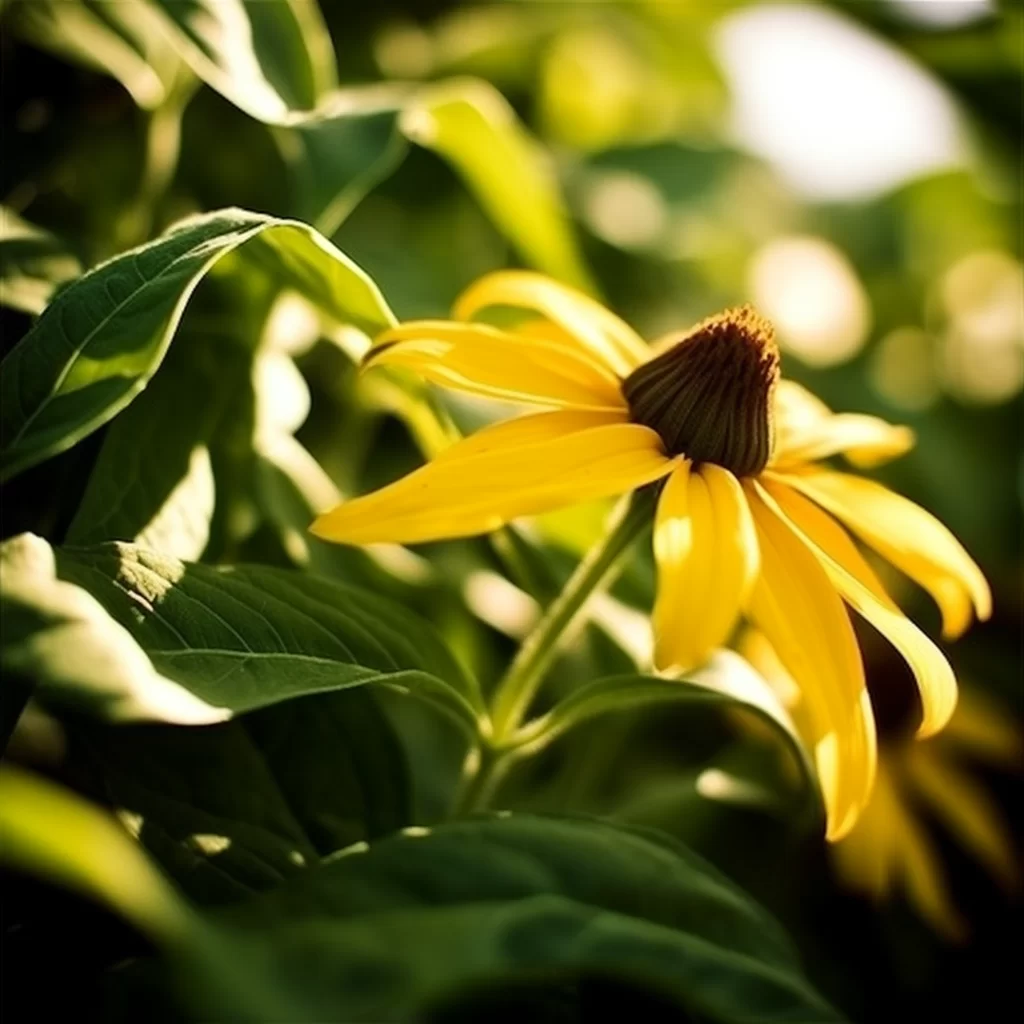Story of Day :
Contents
The Ultimate Guide to Black Eyed Susan Plant: Care Tips and More
If you’re looking for a plant that’s easy to care for, looks beautiful in any garden, and attracts pollinators like butterflies and bees, look no further than the black-eyed Susan.
These cheerful yellow flowers with dark brown centers are perfect for adding a pop of color to your home landscape or as part of a wildflower meadow.
Keep reading to learn everything you need to know about growing and caring for black-eyed Susans.
What is Black Eyed Susan Plant?
Black-eyed Susans (Rudbeckia hirta) are native North American wildflowers that belong to the sunflower family.
They typically grow between 1-3 feet tall with deep green leaves and daisy-like flowers that bloom from mid-summer until fall.
The flowerheads consist of bright yellow petals surrounding dark brown central disks that attract bees, butterflies, and other beneficial insects.
Where Can You Grow Black Eyed Susans?

You can grow black-eyed Susans throughout most regions in North America as they’re hardy perennials that thrive in full sun conditions.
They prefer well-draining soil but can also tolerate dry or rocky soils without much fuss.
Whether you have a small patio container garden or large landscaped area, black-eyed Susans will make an excellent addition.
Care Tips for Black Eyed Susan Plants
- Sunlight: Full sunlight is essential for these plants’ growth as partial shade may cause them not to bloom fully.
- Water: Once established, these plants don’t require much watering except during drought periods when rainfall is scarce;
- Fertilizer: Avoid using too much fertilizer as it may cause the plant to grow leggy.
Use a balanced slow-release fertilizer once a year in the spring.
- Pruning: Deadheading spent blooms helps to encourage more flowering and prolongs their lifespan during blooming season.
- Pests and Diseases: Black-eyed Susans are relatively pest-free, but they can be prone to fungal diseases like powdery mildew when grown in humid environments.
Cut back infected foliage and avoid overhead watering to prevent these diseases from spreading.
Benefits of Black Eyed Susan Plants
Growing black-eyed Susans offers several benefits beyond their beautiful appearance.
They’re low-maintenance plants that attract pollinators like bees, butterflies, and other beneficial insects necessary for plant reproduction and ecosystem balance.
Additionally, they’re deer resistant, making them ideal for areas with heavy deer populations.

In Conclusion
If you’re looking for an easy-to-grow perennial flower that adds color to your garden while attracting pollinators like bees and butterflies—Black Eyed Susan is perfect! With our care tips above you should have no trouble growing this native North American wildflower which will bloom all summer long into early fall!